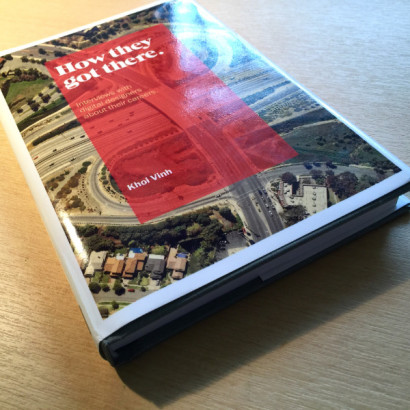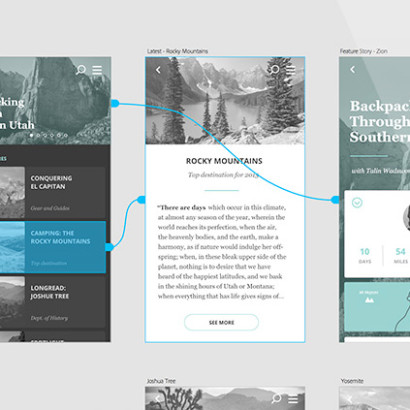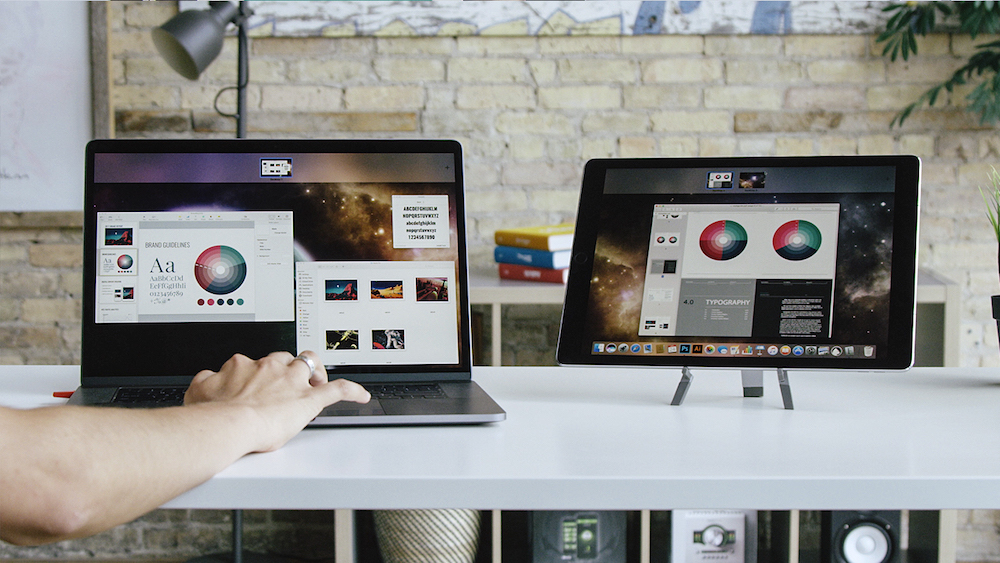is a blog about design, technology and culture written by Khoi Vinh, and has been more or less continuously published since December 2000 in New York City. Khoi is currently Principal Designer at Adobe, Design Chair at Wildcard and co-founder of Kidpost. Previously, Khoi was co-founder and CEO of Mixel (acquired by Etsy, Inc.), Design Director of The New York Times Online, and co-founder of the design studio Behavior, LLC. He is the author of “Ordering Disorder: Grid Principles for Web Design,” and was named one of Fast Company’s “fifty most influential designers in America.” Khoi lives in Crown Heights, Brooklyn with his wife and three children. Refer to the advertising and sponsorship page for inquiries.
+The Samey Aesthetics of Startup Minimalism

The online publication Racked is not where you’d normally expect to find thoughtful consideration of the arcana of design and visual communication. It’s true that like all Vox Media properties it’s smartly written but its focus is not on design but rather shopping:
Racked covers shopping from every angle and in various forms, from service stories to reported features to essays to longform. We publish pieces about how and why we buy things, but also use shopping as a frame to tell all sorts of smart and diverse stories, both big and small. At Racked, shopping pertains to clothes, accessories, and beauty, not home or wellness.
And yet, Racked published an article last month that might just be the most insightful piece of design criticism I’ve read in a long time. It’s certainly the most perceptive commentary on design from a publication not explicitly focused on design that I can recall. Written by senior reporter Eliza Brooke, the piece finally asks a simple but little discussed question: “Why Does Every Lifestyle Startup Look the Same?”
Brooke argues that in recent years a preponderance of new consumer brands have all settled on a surprisingly samey aesthetic. She labels it “startup minimalism,” a mixture of visual principles borrowed from mid-century modernism and sans serif typefaces that owe varying levels of debt to Futura. (I would also add that it includes a twee layout and photographic sensibility influenced by Wes Anderson films.)
…this genre of branding has become especially, almost predictably, concentrated among venture-backed lifestyle startups like Outdoor Voices, Bonobos, Frank And Oak, Lyst, AYR, Reformation, Glossier, Allbirds, and Thinx. Some use it for nearly everything on their websites but the logo, and some use it for nearly everything, including the logo.
One of the remarkable features of startup minimalism is its flexibility. It can sell anything.
…The more you see branding like this, the more the individual data points seem to coalesce into a single mass.
More than just simply identifying the trend, Brooke’s article endeavors to understand its history and examine its implications. I found this passage about the implicit promise of startup minimalism particularly observant:
Simple branding also reinforces many startups’ pitches, which go something like this: They’re making great-quality products and selling them straight to you at a low price, because they’ve cut out the retail markup. They offer at-home try-ons and free return shipping, with the label pre-printed and included in your delivery. Not only does pared-down branding mimic the straightforwardness of the customer experience, but, as Critton points out, it holds the brand responsible for the quality of its service. There are no trimmings to disguise a shoddy product or user experience—unless, of course, startup minimalism has become that very trimming.
Brooke’s article is insightful on its own merits, but as an example of design criticism—and make no mistake, this is criticism—published in a non-design forum, it’s remarkable. Asking fundamental questions like “Why do all of these brands look the same, and what does it mean?” begs answers that are so potentially far-reaching, it’s almost an embarrassment that we haven’t seen this discussed much more exhaustively in design circles. Seeing it on Racked also highlights how the language of design can be made relatable to a non-design audience; Brooke’s prose is lucid and convincing and refreshingly light on technical jargon. My only complaint about the article is that there aren’t many more like it.
Read it in full at racked.com.
+





















